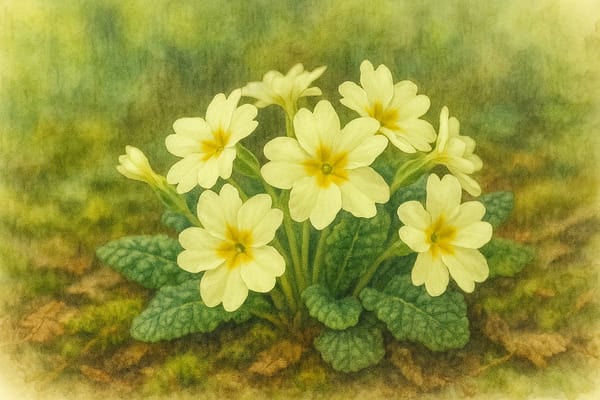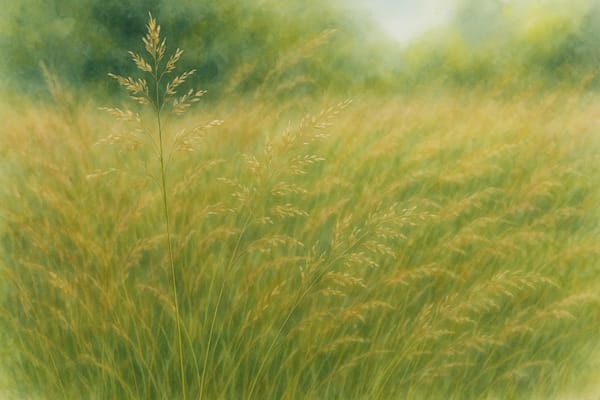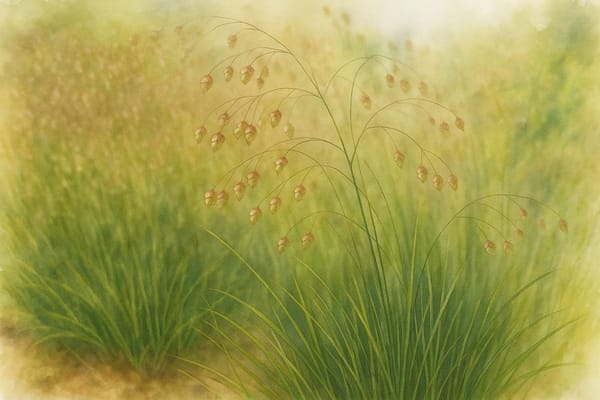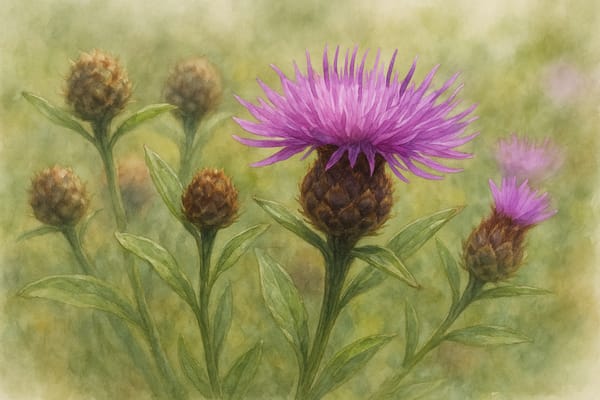A Symbol of Spring, Folklore, and Renewal in Cornish Tradition
Historical and Cultural Significance
Herald of Spring and Rural Life
In Cornwall and the UK, primroses have long symbolised spring, hope, and renewal. Their early blooms brighten hedgerows, woodlands, and cottage gardens—marking the shift from winter and drawing visitors to places like Enys Gardens and the Tamar Valley.
Folklore and Superstition
Linked to fairies and good fortune, primroses were believed to bring blessings when placed on doorsteps. In Cornwall and Devon, picking a single bloom was thought unlucky, but a handful brought luck—especially in farming traditions connected to poultry and livestock.
Victorian and National Symbolism
Primrose Day (April 19th) honours Prime Minister Disraeli, with primroses sent as tokens of remembrance. In Victorian times, they symbolised youth, innocence, and the fleeting nature of life, often appearing in floral tributes and art.
Folk Use and Community Traditions
Children in Cornwall and Devon made primrose wine, cordials, and remedies from the flowers. They were also sent to hospitals and churches as emblems of hope—blending folklore with practical and communal life.
Growing Primroses in Coastal Gardens
| Requirement | Details |
|---|
| Light | Partial shade ideal; tolerates sun in cool climates |
| Soil | Moist, well-drained, rich in humus |
| Water | Keep consistently moist; mulch to retain moisture |
| Shelter | Prefers protection from harsh, drying winds |
| pH | Neutral to slightly acidic |
Care and Cultivation Tips
- Plant in dappled shade, under trees or along sheltered borders.
- Water regularly, especially in dry spells; avoid soggy soils.
- Mulch with compost or leaf mould to enrich soil and hold moisture.
- Deadhead spent flowers to prolong blooming and boost health.
- Apply a light spring feed if needed; avoid over-fertilising.
- Watch for slugs, snails, and mildew—ensure airflow and inspect regularly.
Coastal Garden Notes
Primroses suit naturalistic plantings in coastal gardens, thriving in moist, shaded spots sheltered from strong winds. Their early blooms attract bees and pollinators, enhancing wildlife value with minimal maintenance.
Summary
The primrose is a living symbol of Cornwall’s natural beauty, folklore, and rural heritage—a harbinger of spring, tied to fairies, luck, and local tradition. In coastal gardens, it rewards with soft colour, wildlife appeal, and a timeless link to community and cultural memory.











